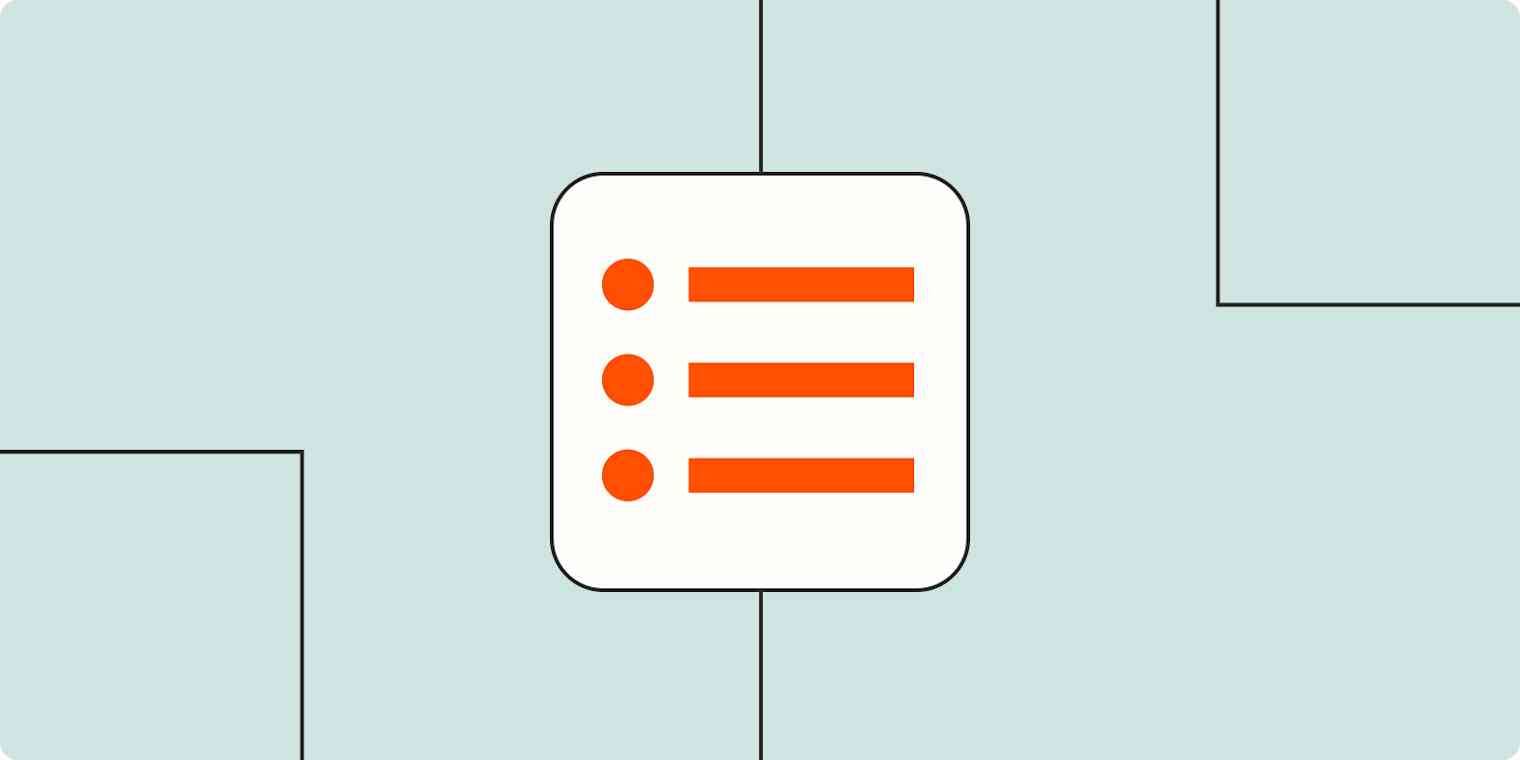The humble to-do list. It's one of the oldest task management tools, and maybe the one that's taken most for granted. And it's so deceptively simple: just list your tasks, and then…
And then what?
That's the unspoken truth about to-do lists. Making a list might feel like an accomplishment—but, in reality, you haven't done jack squat.
But that doesn't mean you should abandon your to-do list. You just need to make it work for you. Here are a few tips that have helped me turn my to-do list from a list of stuff into a powerful tool for organizing my life.
1. List the most important stuff first—and be picky about those tasks
A to-do list is more than pen on paper. At its core, a to-do list is an exercise in prioritization: what work is the most important?
To make your to-do list a real tool for getting stuff done, consider outlining the most crucial items at the top. For maximum effectiveness, only list 3-5 items; that way, you can laser-focus on critical work without overwhelming yourself.
I currently use a planner that follows this setup for each daily page (calling those tasks the "Daily Big 3"), but you can prioritize your tasks no matter what format your to-do list takes.
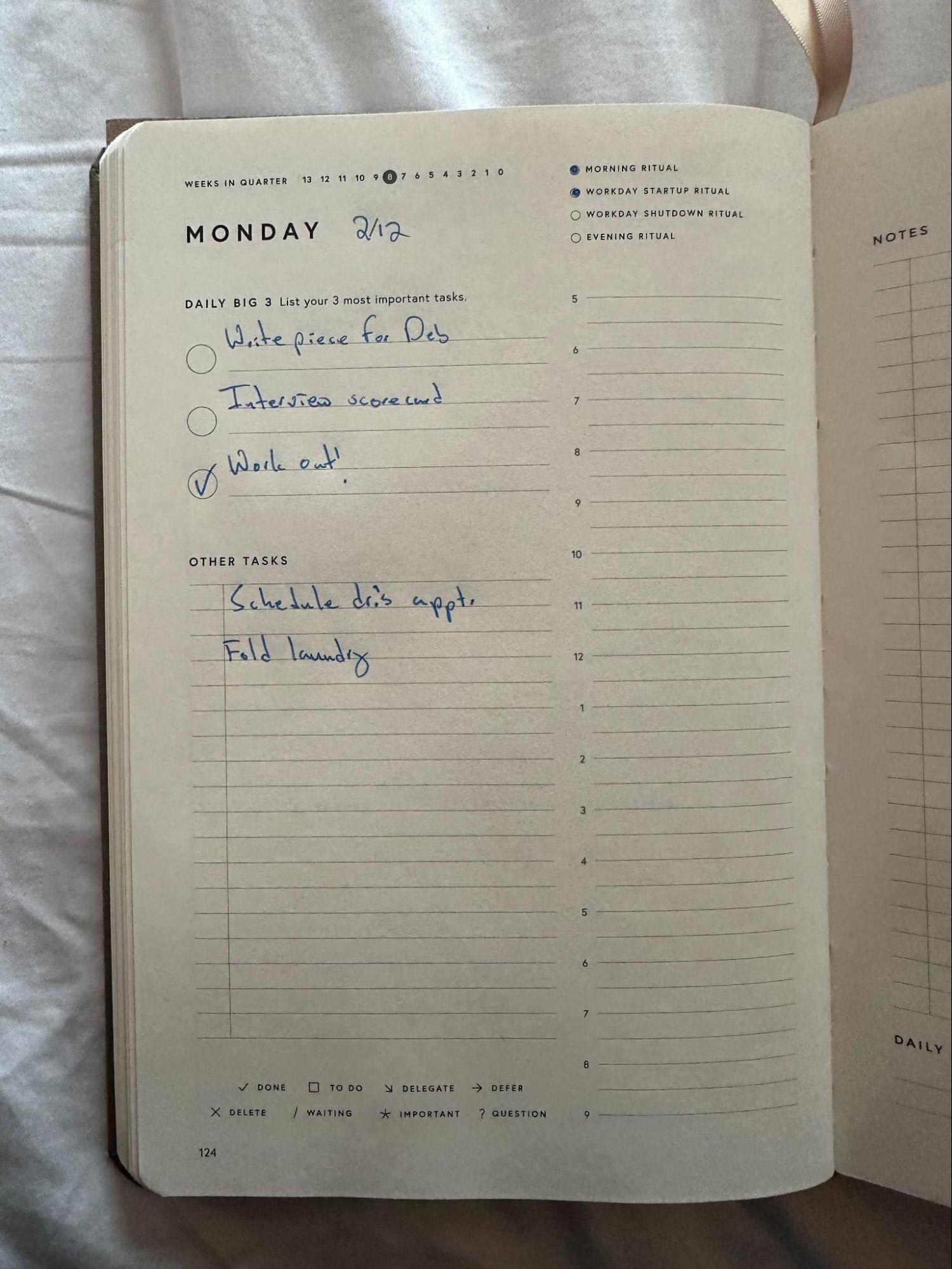
Lots of productivity systems follow some version of this model, too: the MIT (most important task) method, eating the frog, and the Ivy Lee method, for example. By picking just a few tasks to focus on, you can be sure your focus is where it needs to be.
2. Include deadlines
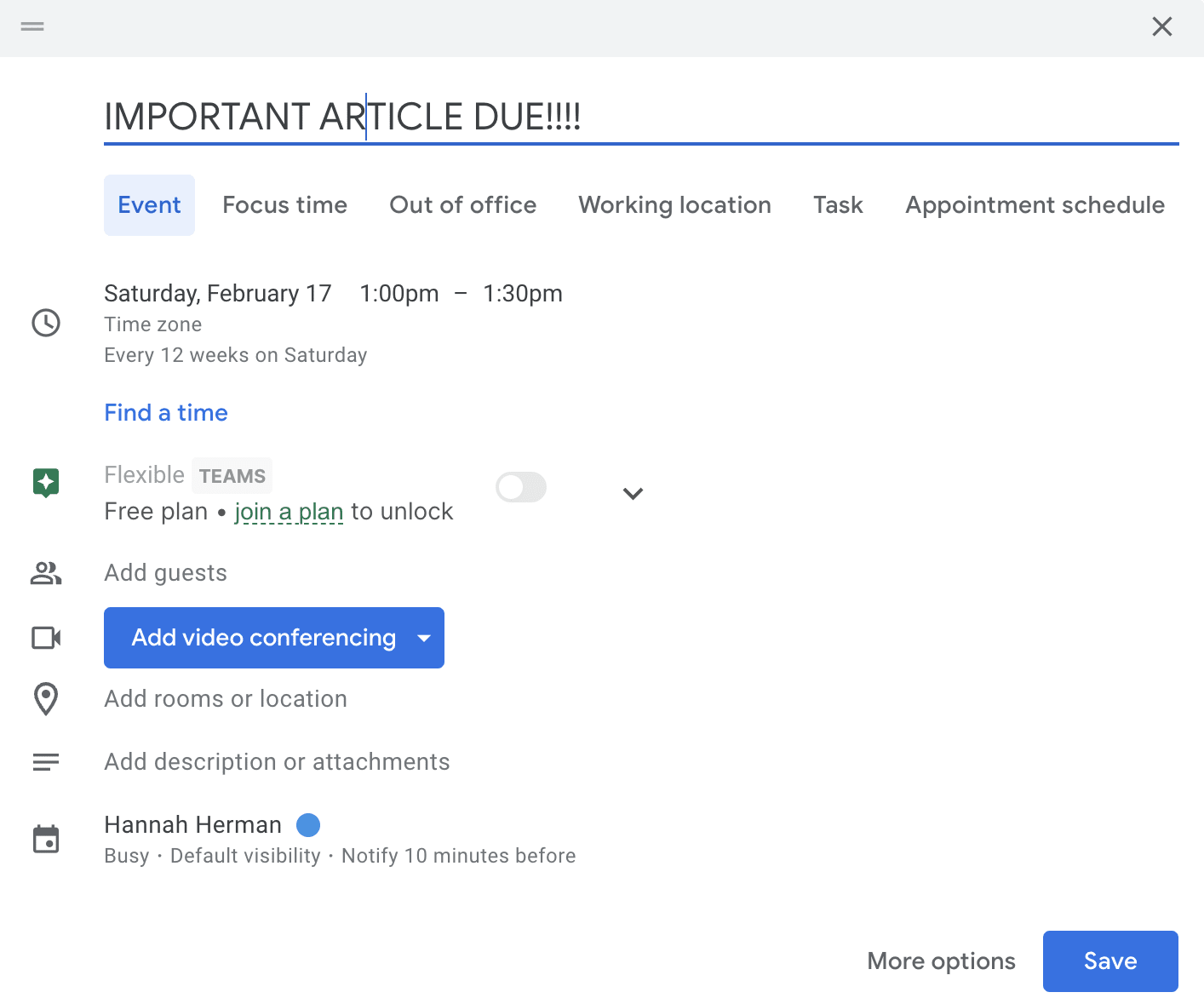
One downside of a to-do list is that it's just a sheet of paper (or a screen, if you use a digital list). It can't actually make you do stuff—so if you have poor executive function like I do, you have to get a little scrappy to make sure tasks make it off the page and get done.
One hack I personally love is including deadlines for every single task. There are a few methods you can try for incorporating deadlines. As I mentioned earlier, I use a planner that has a full page for every single day's to-do list, along with a two-page spread at the beginning of every week for outlining that week's goals. After years of working on improving my executive function, those implied deadlines are now enough for me—my planner visually chunks up my work and keeps me focused on whatever's written on today's page.
If you're just starting out, though, or are a less visual person, you can simply write out each item's deadline. Most to-do list apps also have the option to add deadlines. Or, if you're really struggling, you can use your calendar or Slack reminders. I used both these methods all the time when I worked at Zapier—and I'd even invite a teammate to my deadline events, so they could hold me accountable.
3. Give each task type its own space
This trick was born out of one of the busiest times in my life: my senior year of college, when I was not only a full-time student but also working a part-time job and traveling every weekend to debate competitions. It's a great trick if you're juggling a lot more than just your day job, and need to stay on track with a large number of items.
Basically, you divide your to-do list into sub-lists and group similar items together. When I was in school, these categories were super straightforward:
Tasks were the bulk of my list, so they went right at the top
Errands went in a dedicated space in the bottom-left
I put a Shopping list in the lower-right corner
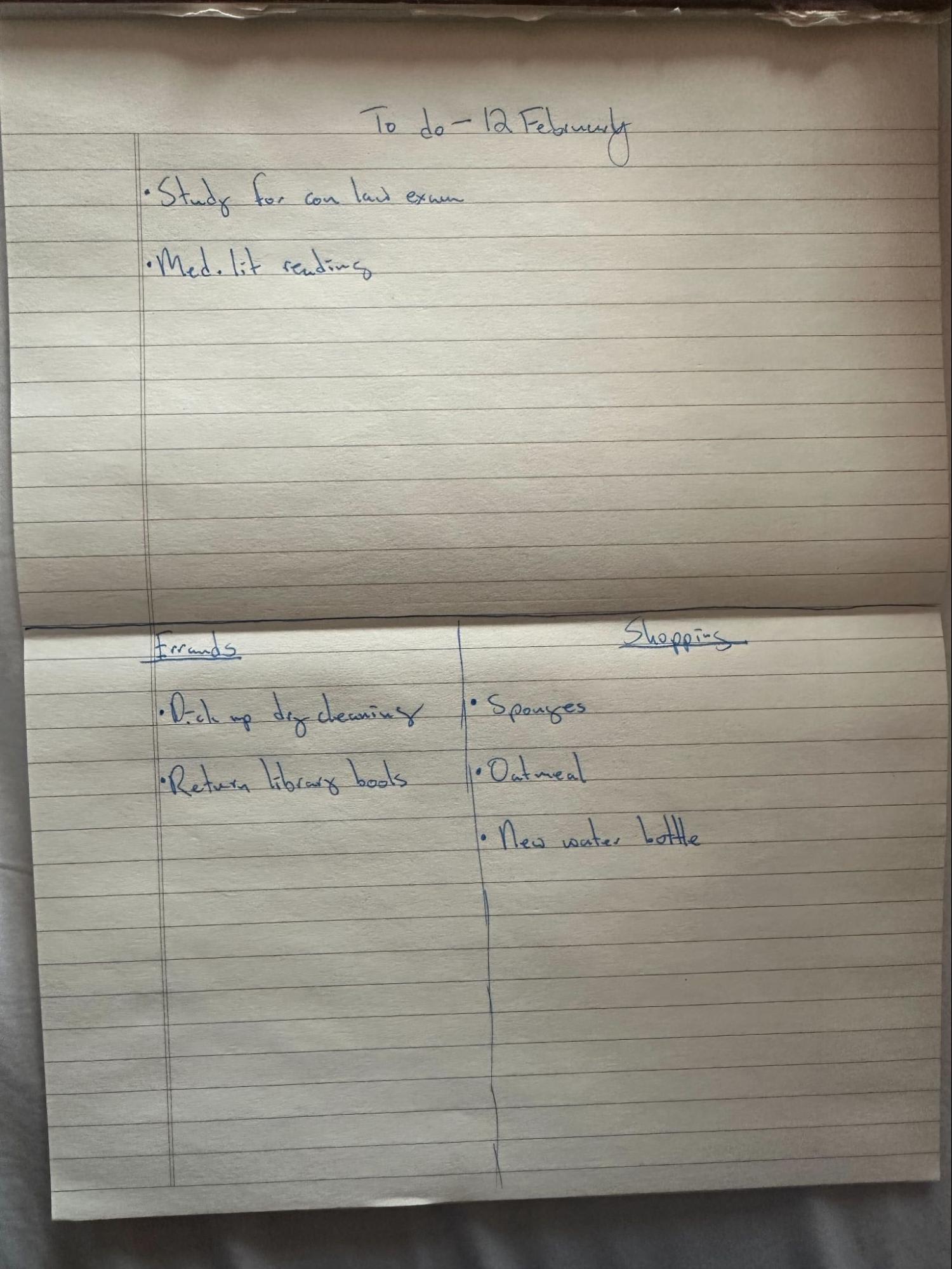
At the time, I was college-kid levels of broke, so I wrote this list out by hand every day on a piece of legal pad paper. Now, I'd probably use tags or colors within a note-taking or task management app to make this system work—a little fancier, but still functional.
Also, I should note that I used these categories because they worked for me at the time. It was helpful for me to divide my life into tasks (stuff I had to do for school), errands (tasks that required I leave my apartment), and shopping list items (stuff I largely ordered online). If you're using this trick, you can and should modify these categories to fit your own life. For example, if you're a parent, you could include a Kids section (or a Pets section if you have fur babies).
Thanks, College Hannah.
4. Go beyond just "done" and "not done"
One problem I frequently run into is: what about stuff I don't get done?
It can feel super demoralizing to look at your to-do list at the end of the day only to realize that you didn't get to several items. Those items are also at risk of getting lost in the shuffle; if you didn't do them today, will you really get to them tomorrow?
In reality, though, to-do list items usually aren't just undone—there's almost always more to the story. Maybe you discovered that in order to complete an item, you need your colleague to send you an important document first, so you put it off until another time. Or maybe you assigned a task to someone else on your team, or learned in a project meeting that the strategy is shifting, so your assigned tasks aren't a priority anymore.
That's why I've started borrowing from bullet journaling and using symbols to indicate the true status of each item on my to-do list. Beyond just "complete" and "incomplete," there's also:
Deferred (put off until another time, which I pre-assign when I mark it as deferred)
Delegated (assigned to someone else on my team—or, for household tasks, my husband)
Deleted (I received new information that made this item unimportant right now)
Waiting (I need something before I can start on this task)

As a manager who collaborates a lot with other teams, having extra statuses is incredibly effective. It gives me a more holistic picture of what's going on, as well as the flexibility to adapt my to-do list without feeling like I'm never getting anything done.
5. Set up dedicated time to go through your to-do list
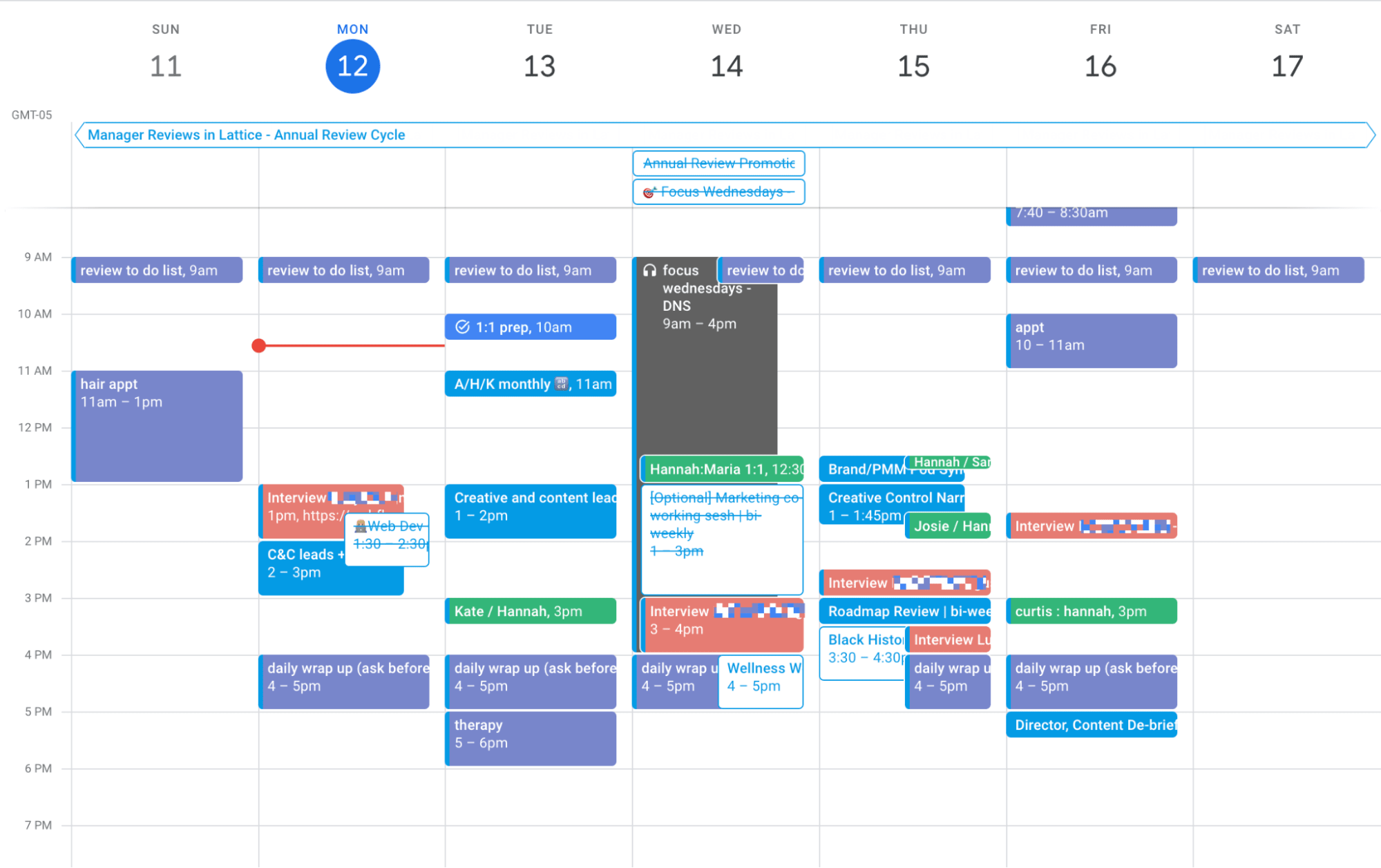
Having a to-do list is great in theory, but when the rubber meets the road, it won't help you if maintaining that list is just another task on your plate.
That's why I religiously set aside time to review my to-do list twice a day: once in the morning, right as my day starts up (yes, even on weekends), and again during my daily wrap-up hour.
In the morning, I try to make it a distraction-free few minutes so I can really focus on what I need to accomplish; otherwise, I find I don't get actual value from reviewing my list.
In the afternoon, I identify a "daily win"—what's the biggest accomplishment of the day? It can be something work-related, like making good progress on a project, or something personal, like finding time to work out.
6. Schedule out routine tasks
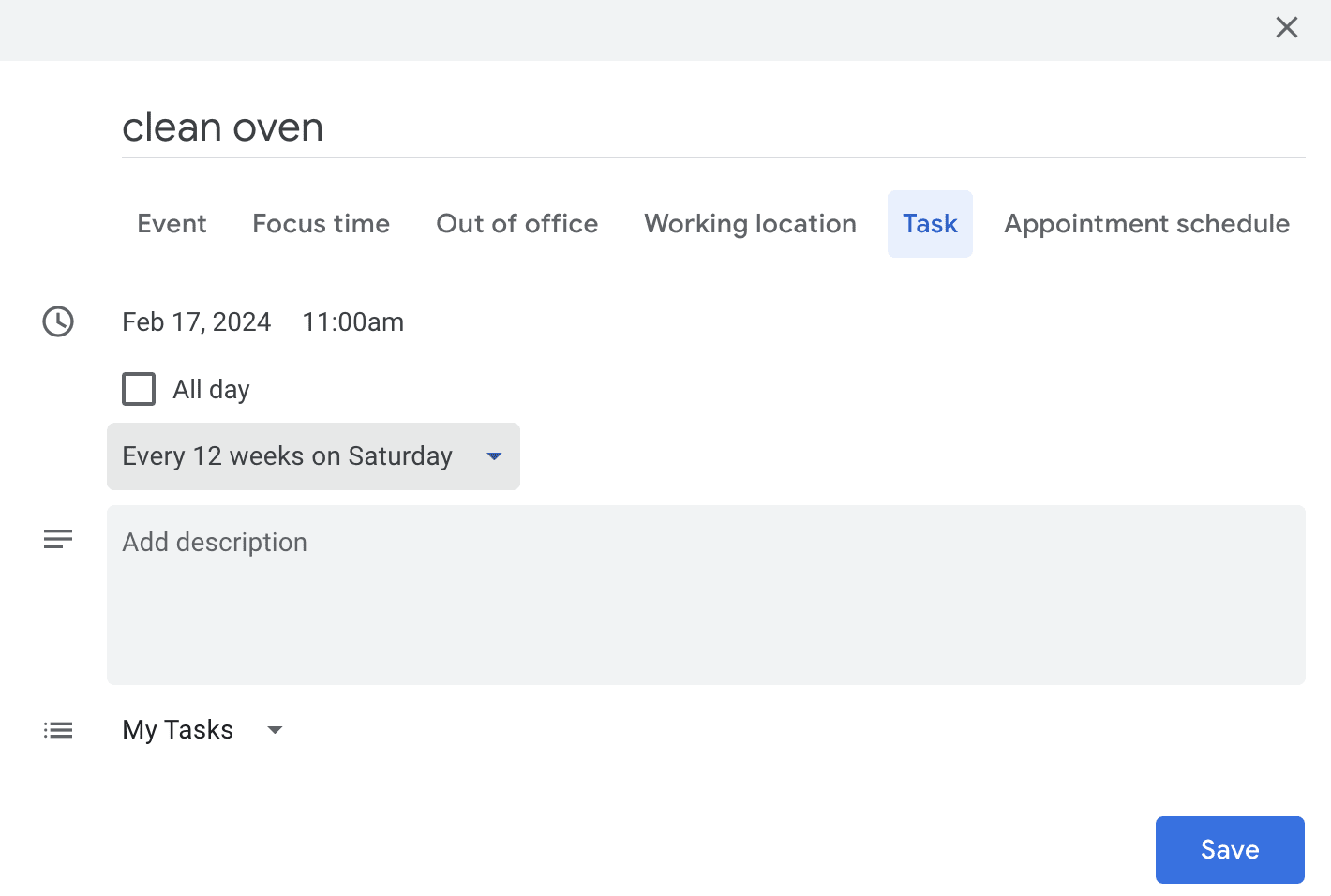
Once you've learned how to use your to-do list day to day and week over week, you can unlock a new personal productivity achievement: long-term planning.
For me, this starts by identifying my annual goals, such as:
Be more intentional with my money
Have no cavities at my next dental exam
Actively support the local women's shelter
From there, I can start scheduling out routine tasks that push me toward those goals and that I might otherwise let slip if they weren't on the calendar, like:
Every month: Move money to my savings account
Every three months: Change my electric toothbrush head
Every six months: Organize my closet and donate clothes
Of course, you don't need to tie your routine tasks to any sort of goals if you don't want to—sometimes, I simply schedule out cleaning my oven so that I don't forget. But this is a great way to stay on track for bigger accomplishments that you might not be able to capture in a single to-do list.
Automate your to-do list
Your to-do list should be a reflection of yourself. It doesn't matter whether you stick with one rigid method or cobble together a bunch of these to-do list ideas—all that matters is whether it helps you get stuff done.
And if you use a to-do list app, you have one more tool in your arsenal: automation. Task management automation can help you prioritize, schedule, and tackle your tasks more efficiently. Learn more about how to automate your to-do list.
Related reading:
